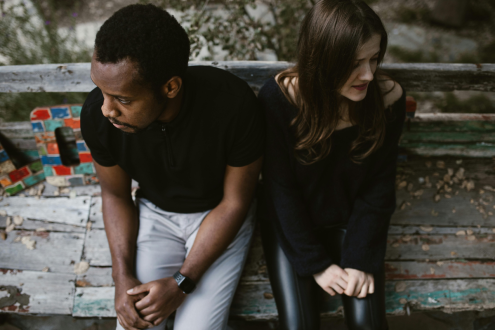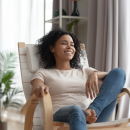Get the right support for hypermobility
Once a month in our Health Fix, we try out a therapy, treatment or specialist retreat in a bid to solve an ongoing health issue – this month, yoga teacher Selda Enver Goodwin seeks a solution for hypermobility

As a yoga teacher, I need all the energy I can get, but hypermobility syndrome – which is an inherited disorder of connective tissues produced by genes that make collagen weaker – means I’ve spent 10 years fighting chronic fatigue, pain, recurring soft tissue and joint injuries, with IBS and insomnia as a result.
The treatment
There’s no specific cure for hypermobility. People think my double-jointedness and hyper-bendy body is a good thing, but the knock-on effects are extreme. After 10 years of poor health, I was diagnosed with a type of hypermobility called Ehlers-Danlos syndrome – 56 per cent of people wait a decade or more for the right diagnosis, as it’s often misunderstood.
In consultation with holistic health practitioners, I’ve found that removing gluten helps with gastrointestinal issues, but too often I find myself unable to leave my bed for no identifiable reason. I’d heard good things about Rolfing – a therapy that manipulates the body’s connective tissues to optimise structure, posture and movement. I visited certified Rolfer Sibyl Darrington, one of the first people to suspect that my myriad symptoms might add up to hypermobility. Her course of 10 sessions, two weeks apart, aims to restore stability. I’m supporting myself with daily meditation too, which helps ease my mind (and that also helps with the pain).
The experience
I noticed a considerable amount of emotional and physical release in the days following my first session with Sibyl. My body felt realigned in such a way that I instantly felt less physical vulnerability, yet a greater sense of overall freedom.
But it’s meditation that’s really shifted my perception. I’m a regular at the West London Buddhist Centre and really feel it if I miss a single day of sitting. It’s nice to sit peacefully among people from all backgrounds, and feel part of this inclusive, supportive community. I’ve just started teaching yoga classes there, too.
The outcome
Getting a medical diagnosis has finally provided me with a sense of relief, and release. I can manage my condition without allowing the ‘illness’ label to control my life. For years, I thought being very bendy was advantageous. Now I understand how to support my body in each movement, I can practise yoga from a place of strength that makes me feel far more powerful. My daily meditation helps me to pause and listen to the feedback my body is giving which, in turn, forewarns of any possible signs of over-exertion.
Next week, I have another session with Sibyl, who’s helping me get my body back to a place of postural strength, and that’s more hope than I’ve had in a long time.
Photograph: Selda Enver Goodwin










